Remarkable Photos of Soviet Village Life Found In Abandoned House
![]()
In the spring of 2016, film student Victor Galusca was exploring a sleepy village in his native Moldova when the 23-year-old noticed some photographic negatives in the rubble of an abandoned house.
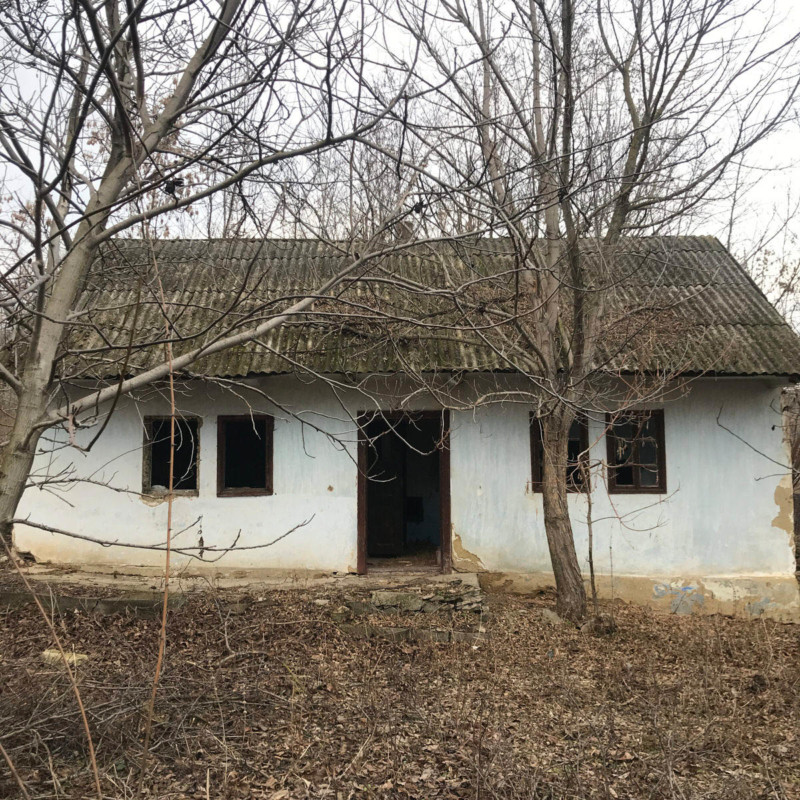
The villager had struggled professionally under the communist regime and battled alcoholism, yet he left behind some of the most brilliant portraits of rural life ever captured on film.
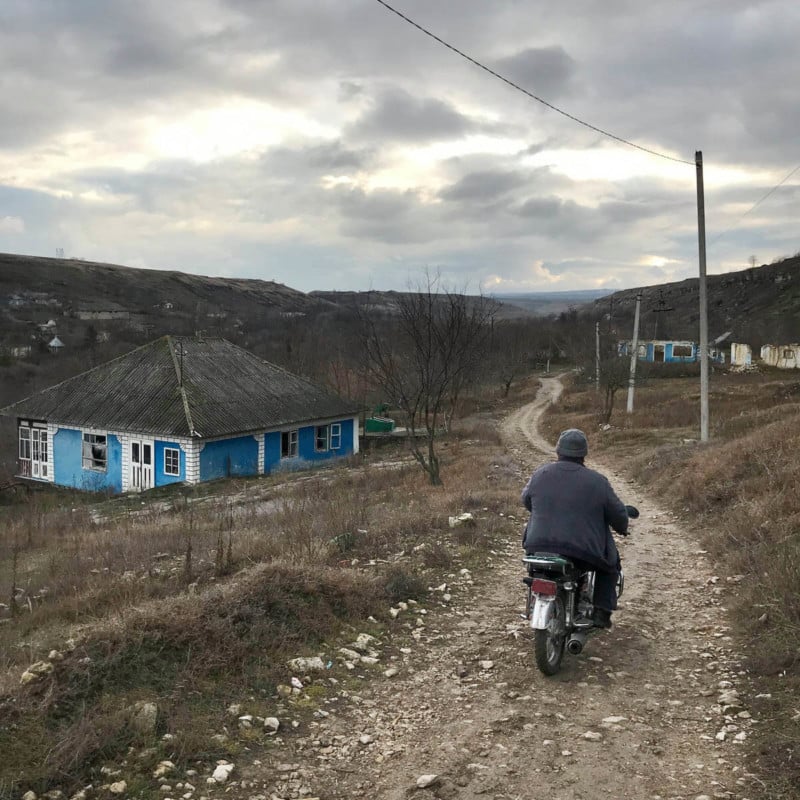
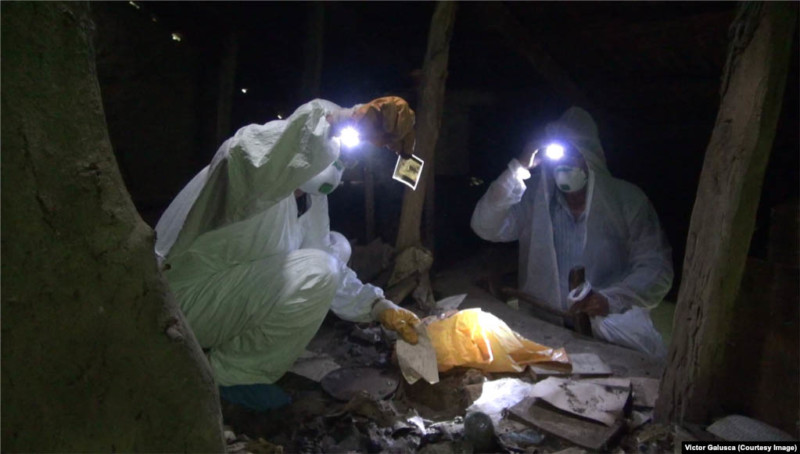
For the past three years, with the permission of the photographer’s daughter, who dismissed her father’s work as “garbage,” Galusca and his photography teacher have been cleaning and scanning the stunning find, which they released on a website in January.
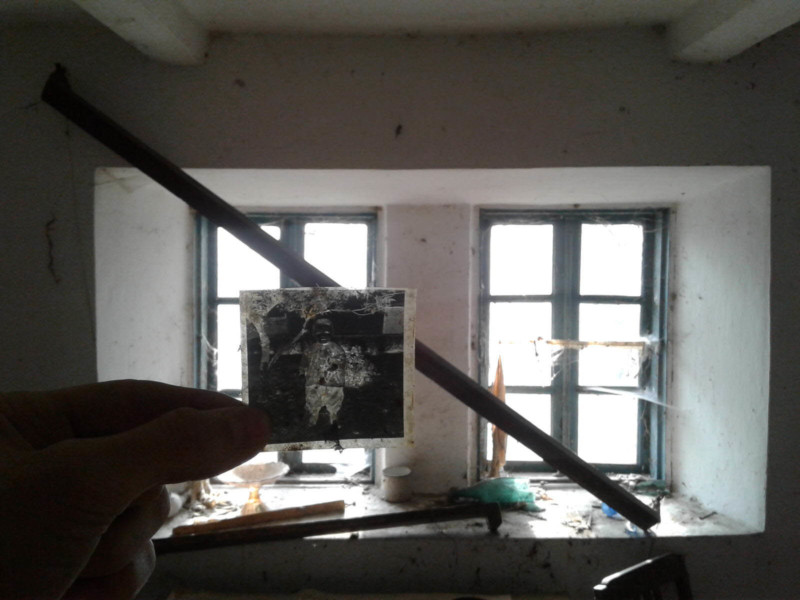
![]()
![]()
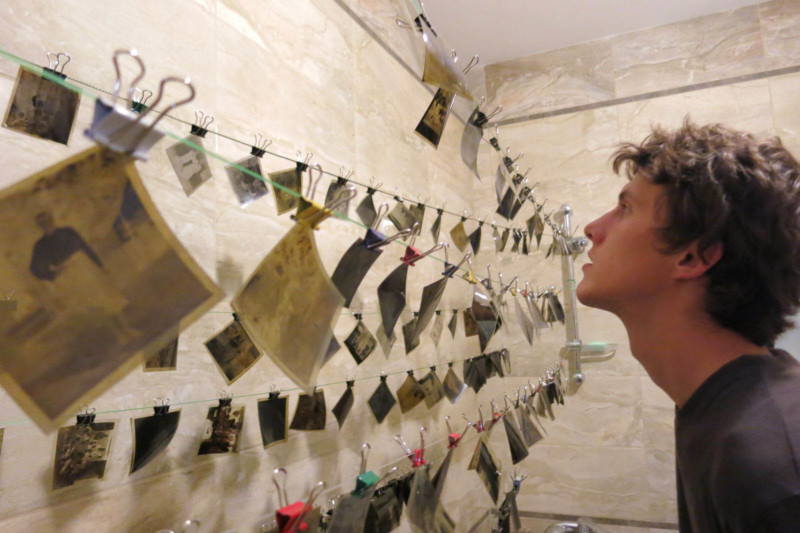
Galusca, who is a freelance contributor to RFE/RL’s Moldovan Service, agreed to share images here showing his discovery of one of the greatest chroniclers of life behind the Iron Curtain.
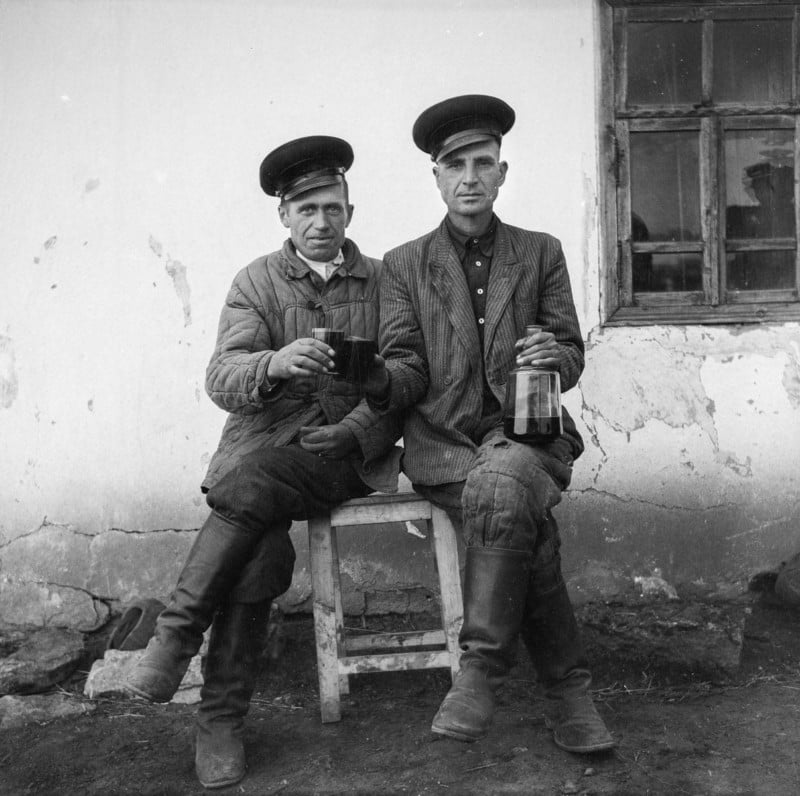
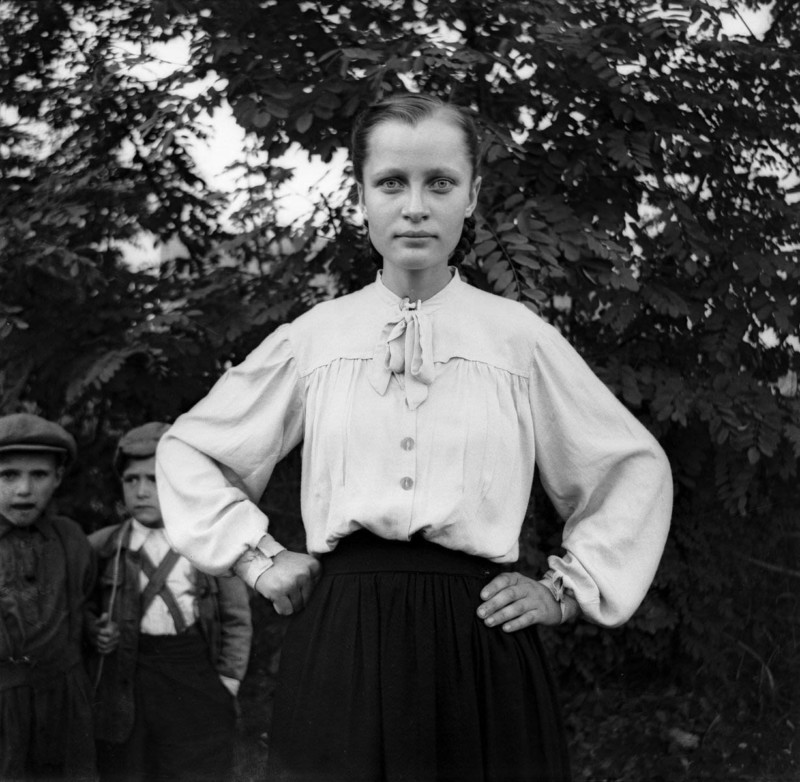
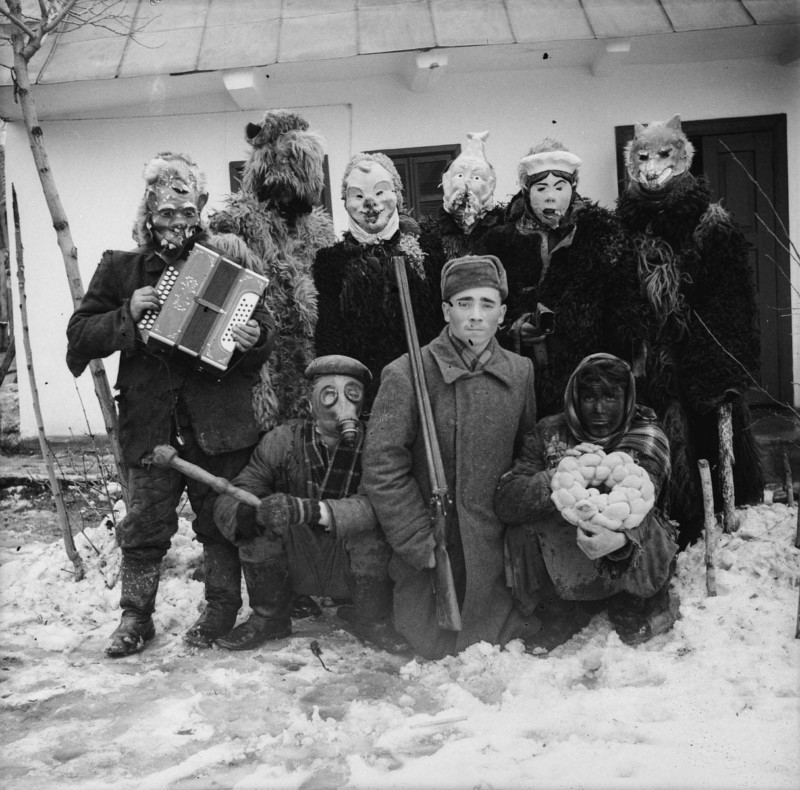
These images were shot by Zaharia Cusnir between the 1950s and ’70s in and around Rosietici, a village 122 kilometers north of the Moldovan capital, Chisinau.
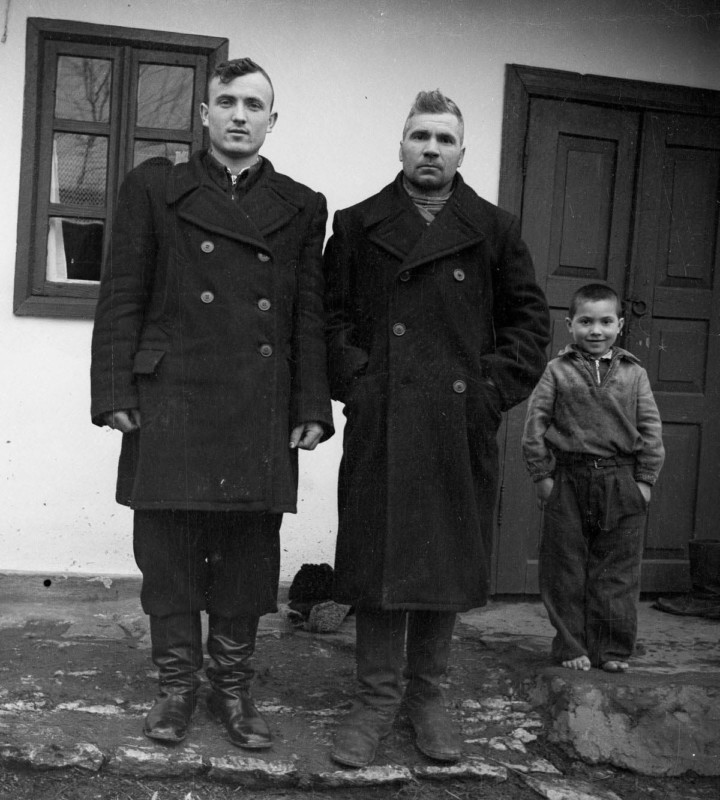
After being imprisoned for three years for shooting and injuring a sheep thief with a salt bullet, the trained teacher labored on a collective farm. But at age 43 he discovered his calling when he acquired a Soviet-made Lubitel 2 camera.
![]()
After taking photography lessons from one of his nephews, Cusnir began cycling from village to village in his region, shooting technically perfect, scrappily framed portraits.
![]()
![]()
![]()
![]()
Cusnir’s pictures are unique for being at once posed and static, yet bursting with life.
![]()
![]()
![]()
His subjects react in a way that indicates he offered a magnetic personality behind the camera.
![]()
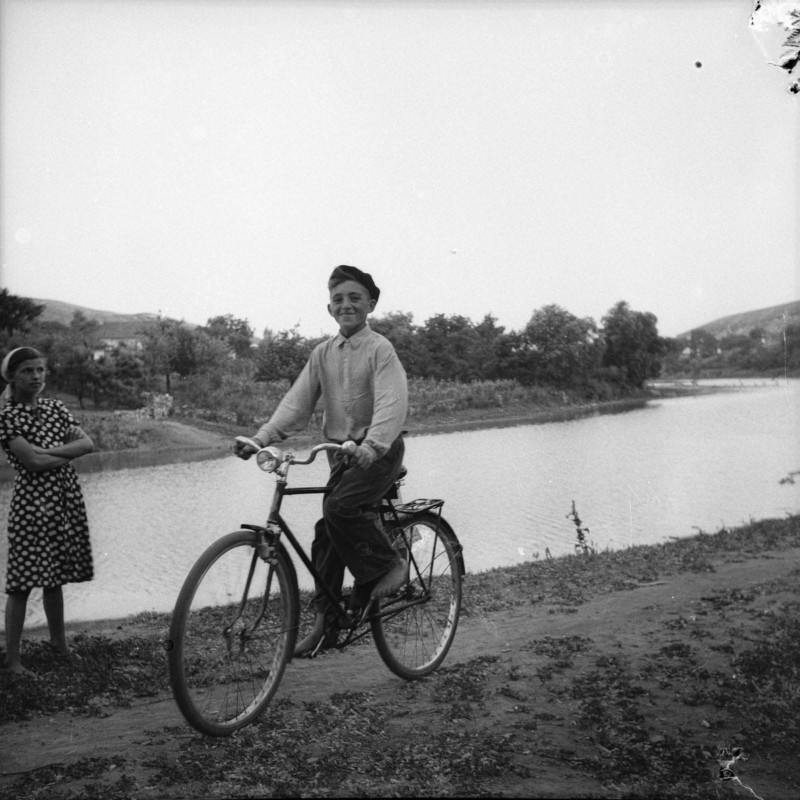
![]()
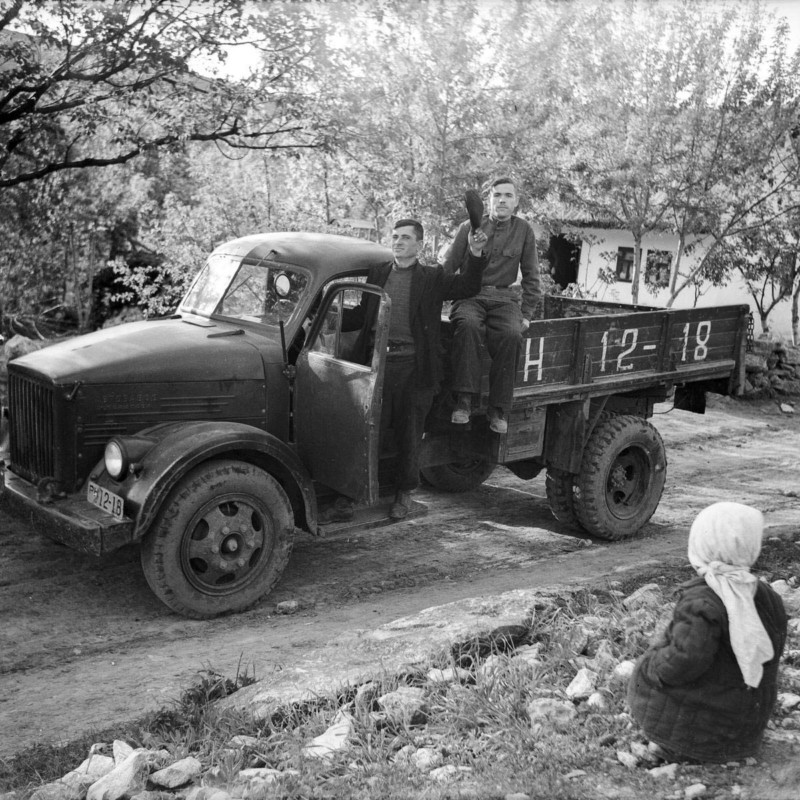
![]()
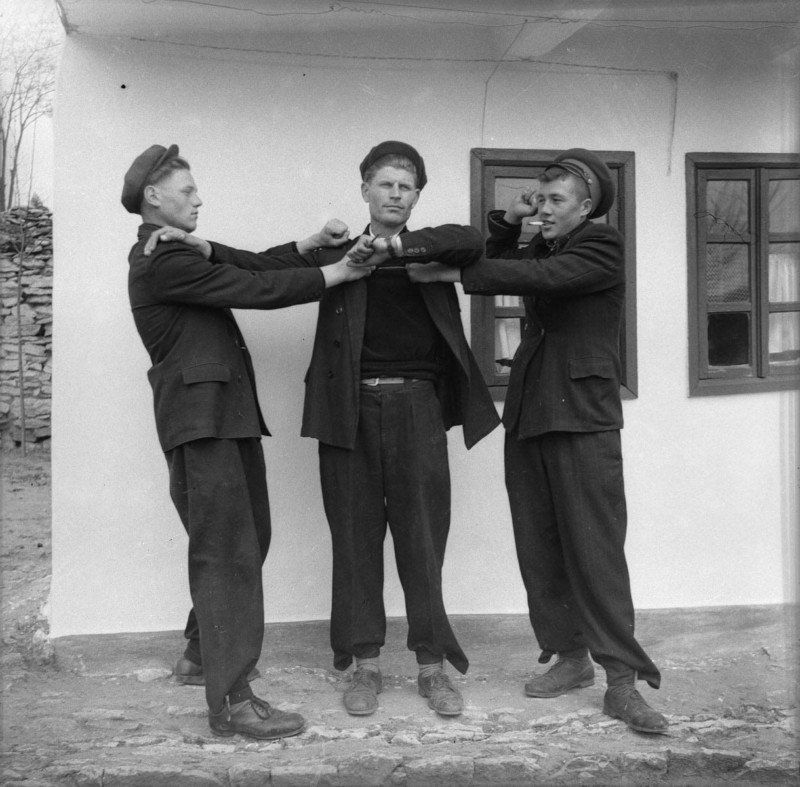
![]()
Cusnir also kept one eye on the incidental bystanders on the periphery of his photo “sets,” as is obvious in this and the following photos.
![]()
![]()
Galusca believes Cusnir was able to afford the film needed for his hobby partly by selling prints that villagers could use in their identification cards — a mandatory document in the police state of communist Moldova.
![]()
![]()
![]()
![]()
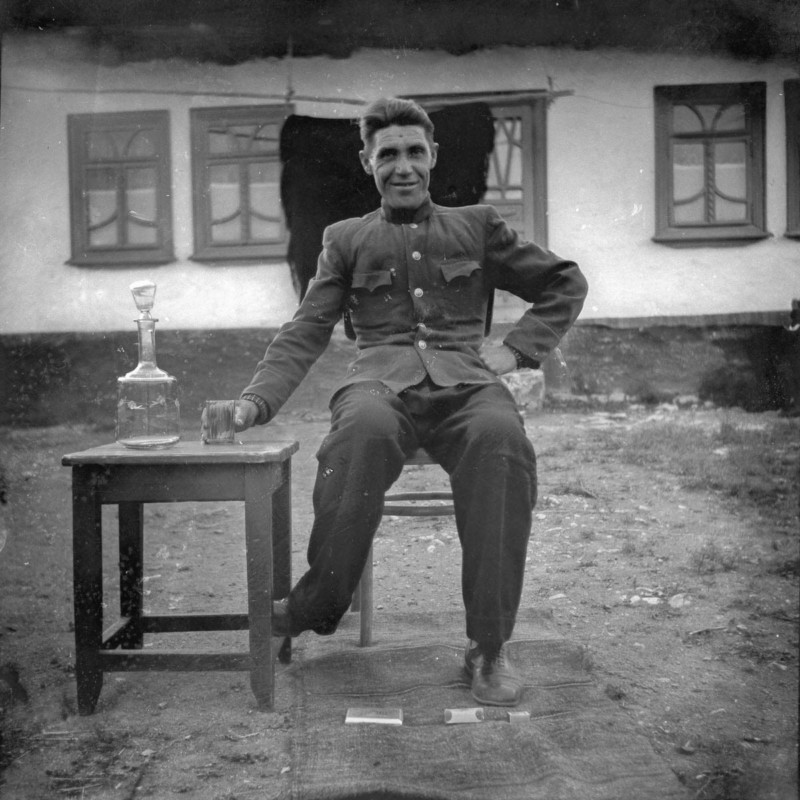
Cusnir’s daughter, who died in the summer of 2019, remembers her father returning on his bicycle roaring drunk from his photo explorations.
![]()
It’s a tradition in Moldovan villages to offer guests a glass of wine or homemade liquor. As Cusnir cycled from house to house he knocked back so much alcohol his children came to dread his photography trips.
![]()
Although there is no indication of violence, his daughter described “yelling” and “impossible” behavior, and blamed Cusnir’s alcoholism on his hobby.
![]()
![]()
But Cusnir’s daughter also described her father as a “romantic” who would often pluck flowers and tuck them into his lapel before charming people into pausing for a portrait.
![]()
![]()
A milkmaid in front of a “table of achievements” that tracked milk production on Soviet dairy farms.
![]()
When Galusca spoke to the photographer’s daughter, she was uninterested in the collection and described the photographs as garbage that “no one needs.”
![]()
![]()
![]()
![]()
![]()
![]()
But thanks to the painstaking digital archiving of nearly 4,000 images put together by Galusca and his teacher, this forgotten photographer from an obscure village in rural Moldova is likely to become known around the world.
Eugen Tomiuc contributed to this report.
About the author: Amos Chapple is a New Zealand born, Europe-based photographer and writer whose work has been published in most of the world’s major news titles. You can find more of his work on his website, Facebook, and Instagram. This article was also published at RFE/RL.